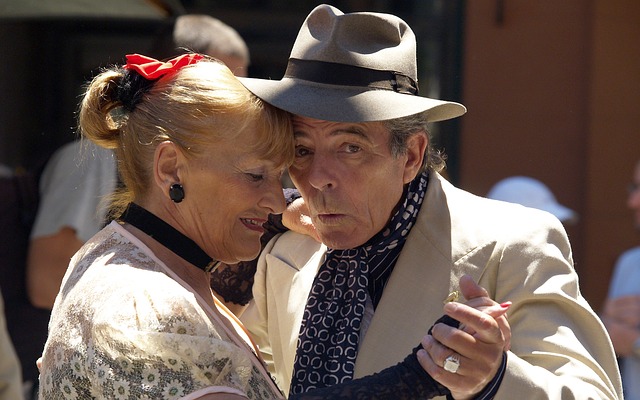 Years ago, I had such significant and intractable neck pain that I left work for a time, thinking a break from the posture-wrecking computer would alleviate my problem. In fact, in a matter of weeks, my pain went from extremely annoying to unbearable.
Years ago, I had such significant and intractable neck pain that I left work for a time, thinking a break from the posture-wrecking computer would alleviate my problem. In fact, in a matter of weeks, my pain went from extremely annoying to unbearable.
Still, I persisted with my strategy of avoiding triggers, deciding to eliminate all activities that aggravated my neck: I stopped vacuuming, reaching overhead, carrying anything over four or five pounds (I grocery shopped daily to keep the bags small). The pinnacle of this non-doing: using plastic cutlery to eat my meals because when I lifted a metal fork to my mouth the pain travelled down my right arm and my hand.
Once again, my avoidance tactic had backfired: unbelievably to me, the less I did, the more my discomfort grew. (I eventually rehabbed, but it was a long road back, as months of inactivity meant my physical condition had deteriorated.)
Sedentary lifestyle can knock seniors off balance
I noticed a similar avoidance pattern in my uncle Ed, who since retirement, only moved off the couch when it was either time to eat dinner or drive to a friend’s to play cards. Then Ed would shuffle out to his sedan, spending several minutes finagling his ever-expanding body onto the seat and behind the wheel. My cousin Delma got tired of suggesting exercise or physiotherapy. Then, when Ed turned 82, the falls started, the trips to the emergency ward, the wheelchair…
My uncle is not alone in his sitting ways.
“A lifestyle of sedentary living becomes more prevalent as we age,” says Clara Fitzgerald, Director of the Canadian Centre for Activity and Aging (CCAA) in London, Ontario, which promotes the physical activity of older adults through exercise programs in the community.
And a chair-bound lifestyle comes with consequences. A lack of movement can lead to a buildup of scar tissue and, eventually, a contracture, meaning that the joint can no longer move within its full range, says Fitzgerald. Sedentary seniors–like my uncle–are more vulnerable to falling, the leading cause of hospital admissions for older Canadians. As Fitzgerald points out, exercise and physical activity can prevent seniors from falling.
“It’s absolutely vital for seniors to remain active to maintain their overall functional potential,” she says. “The less we do, the less we are able to do.”
Photo credit: Pixaboy. This picture has a creative commons attribution licence.

